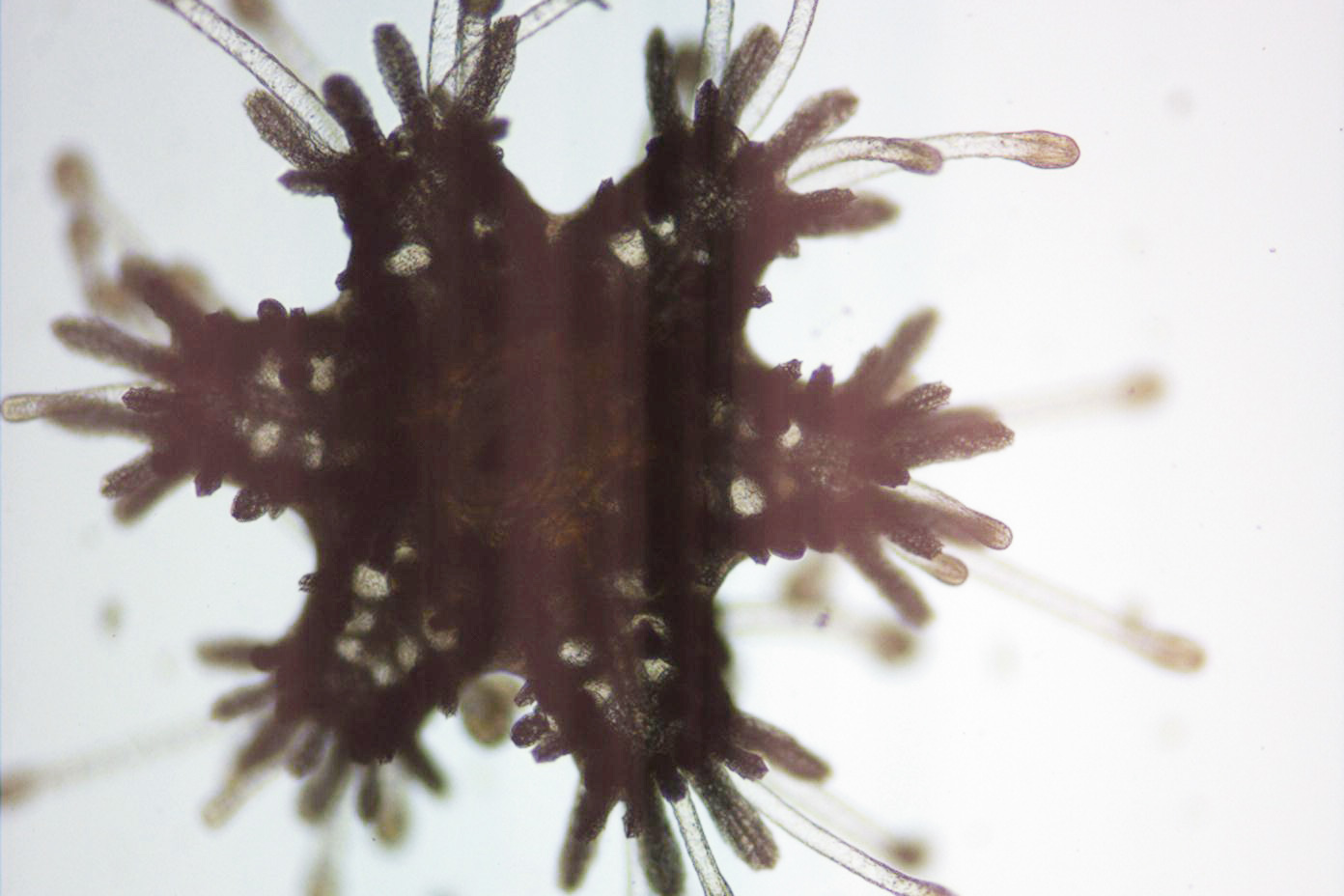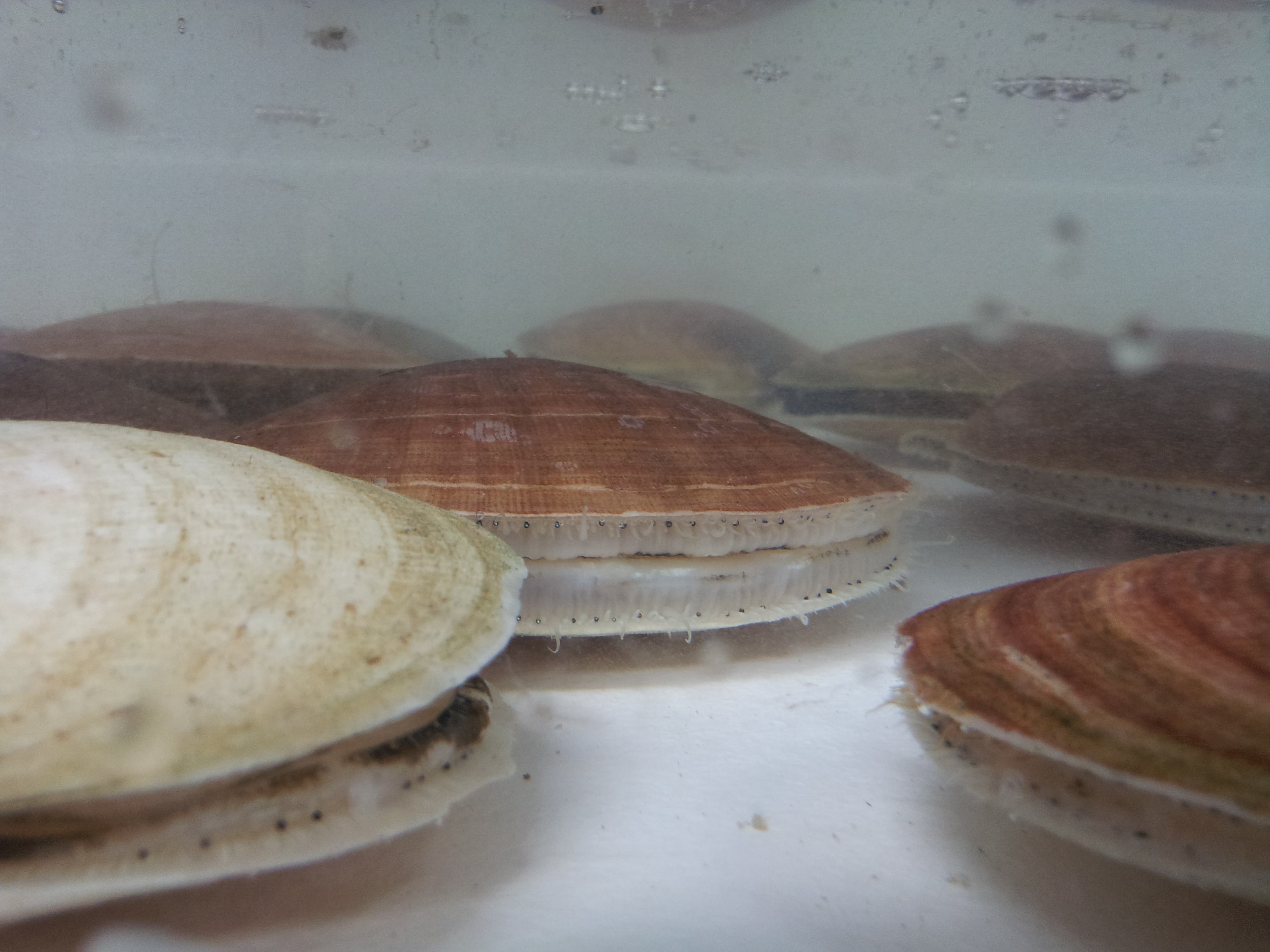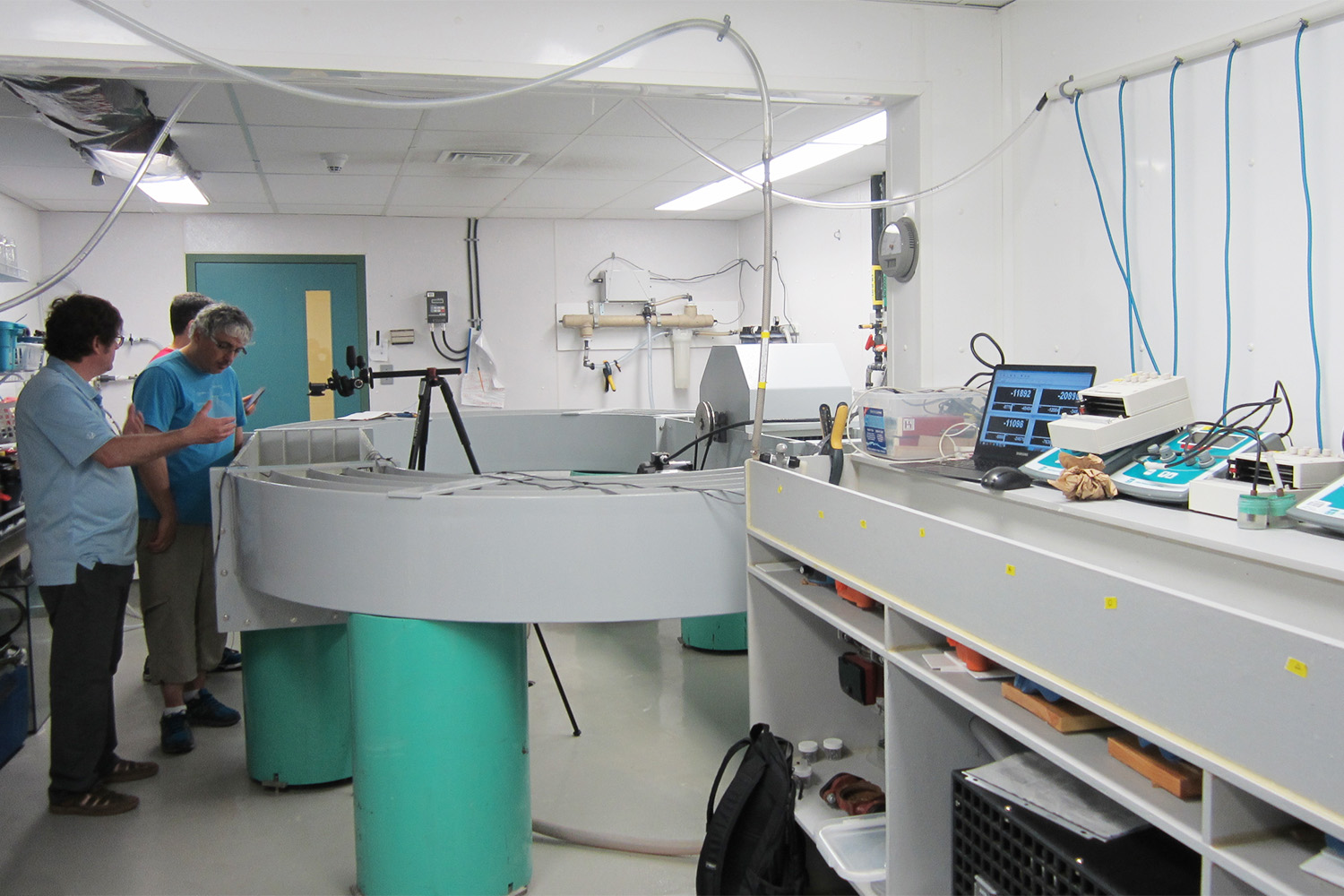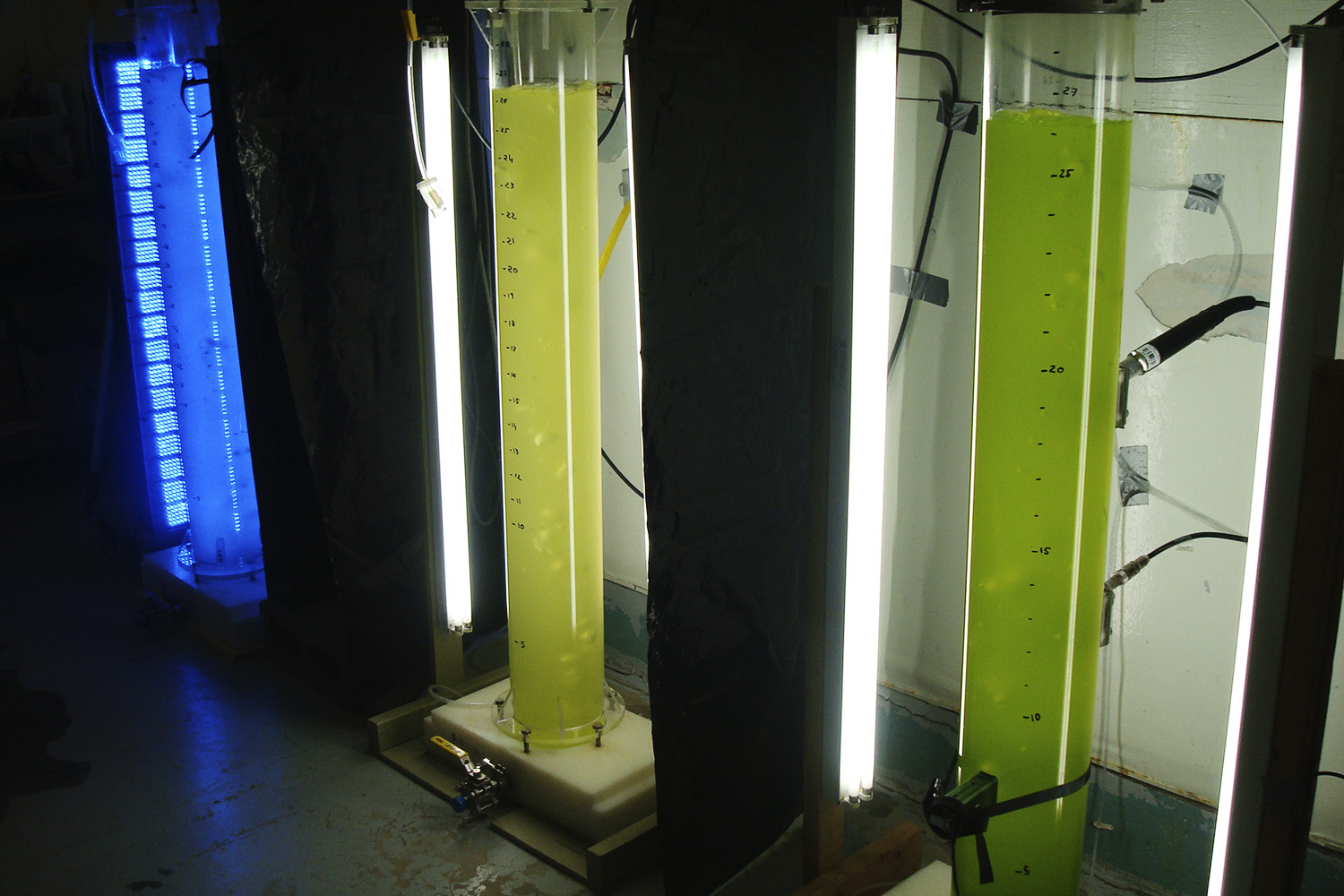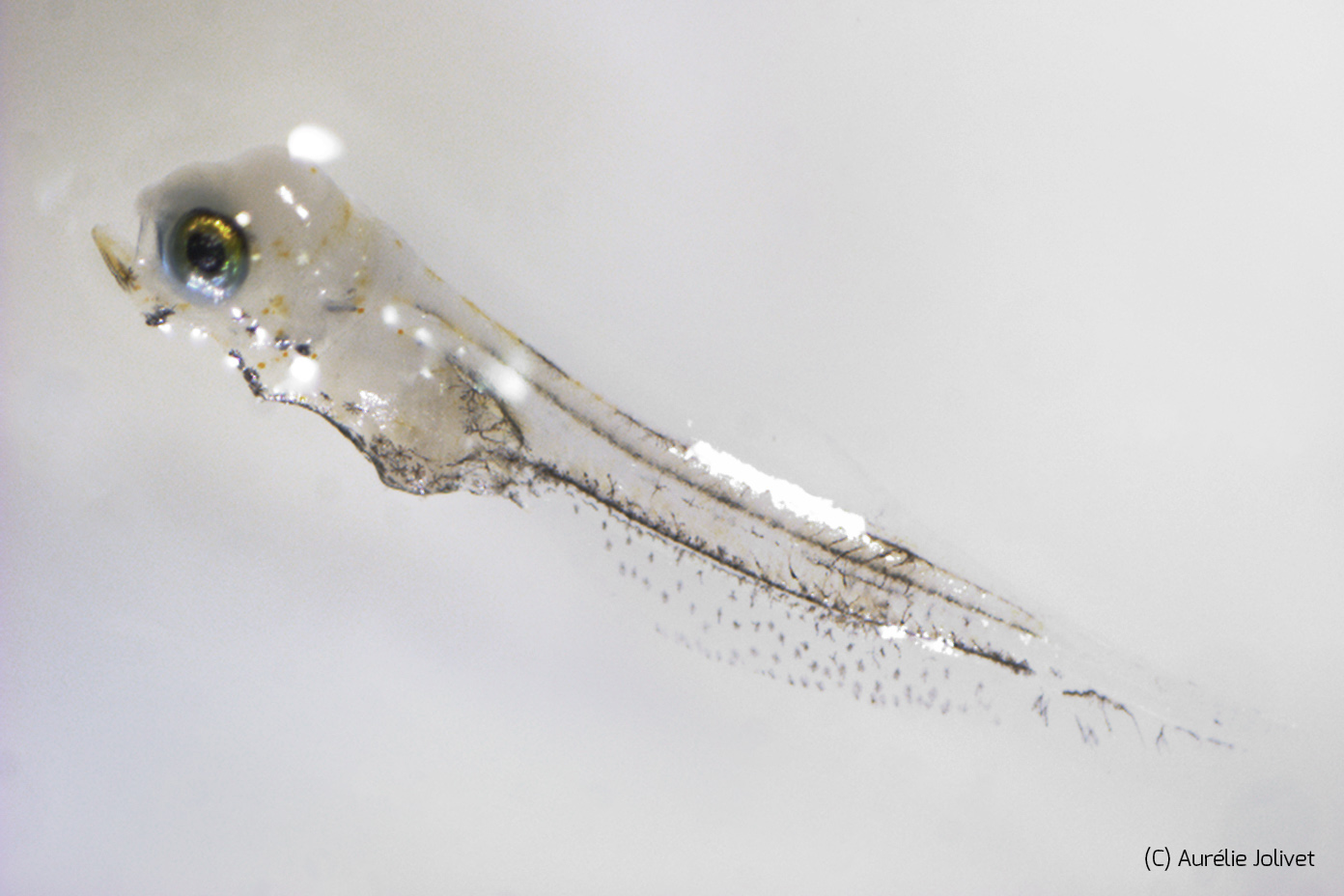
Primary contact / Principal Investigator
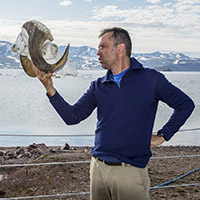
Laurent Chauvaud
CNRS
Contact, France

Frédéric Olivier
MNHN-Paris
Contact, Quebec

Réjean Tremblay
UQAR
The majority of marine benthic species, produce free swimming planktotrophic larval, which feeds, grows, and disperses via water currents until the competence stage, where larvae were physiologically capable of settling and metamorphosing onto a substrate. However, they can extend the duration of their planktonic life significantly, thus delaying metamorphosis and increasing their length at metamorphosis. In the blue mussel, Mytilus edulis, delay metamorphosis in natural conditions until 47.8% of additional larval shell growth and potentially representing a 322% difference in larval body mass at settlement for older metamorphosed larvae. This metamorphosis delay could be the result of a lack of encounter suitable substrate or an absence of cue required for stimulating settlement.
Until now factors affecting duration of the planktonic larval life and the presence of metamorphosis delay are not well understood. Among the wide range of settlement cues interacting in the larval settlement behavior, the ambient underwater sound as the most probable for guiding onshore orientation by pelagic larvae of a wide range of species of common coastal animal like fish, crustacean and coral larvae. Moreover, the ambient underwater sound from reefs has been shown to initiate settlement behavior and decrease the time of metamorphosis to the benthic dwelling juvenile stage in several species of temperate and tropical crab larvae.
Interestingly, recent work with the mussel’s species showed that larvae settled significantly faster when exposed to the underwater noise produced by boat. Over the last 50 years, vessels contributed to a 32-fold increase in the low frequency noise present in some parts of the ocean. Vessel noise is generated by the operating of heavy energy, noisy propellers, gears, diesel generators. In this research program, we propose to analyze the impact of the underwater sound (natural and anthropogenic) on the larval development of different species from flatfish to crustacean (barnacle and lobster) and others invertebrates (bivalves, tunicates), particularly the metamorphic stage.
The majority of marine benthic species, produce free swimming planktotrophic larval, which feeds, grows, and disperses via water currents until the competence stage, where larvae were physiologically capable of settling and metamorphosing onto a substrate. However, they can extend the duration of their planktonic life significantly, thus delaying metamorphosis and increasing their length at metamorphosis. In the blue mussel, Mytilus edulis, delay metamorphosis in natural conditions until 47.8% of additional larval shell growth and potentially representing a 322% difference in larval body mass at settlement for older metamorphosed larvae. This metamorphosis delay could be the result of a lack of encounter suitable substrate or an absence of cue required for stimulating settlement.
Until now factors affecting duration of the planktonic larval life and the presence of metamorphosis delay are not well understood. Among the wide range of settlement cues interacting in the larval settlement behavior, the ambient underwater sound as the most probable for guiding onshore orientation by pelagic larvae of a wide range of species of common coastal animal like fish, crustacean and coral larvae. Moreover, the ambient underwater sound from reefs has been shown to initiate settlement behavior and decrease the time of metamorphosis to the benthic dwelling juvenile stage in several species of temperate and tropical crab larvae.
Interestingly, recent work with the mussel’s species showed that larvae settled significantly faster when exposed to the underwater noise produced by boat. Over the last 50 years, vessels contributed to a 32-fold increase in the low frequency noise present in some parts of the ocean. Vessel noise is generated by the operating of heavy energy, noisy propellers, gears, diesel generators. In this research program, we propose to analyze the impact of the underwater sound (natural and anthropogenic) on the larval development of different species from flatfish to crustacean (barnacle and lobster) and others invertebrates (bivalves, tunicates), particularly the metamorphic stage.
